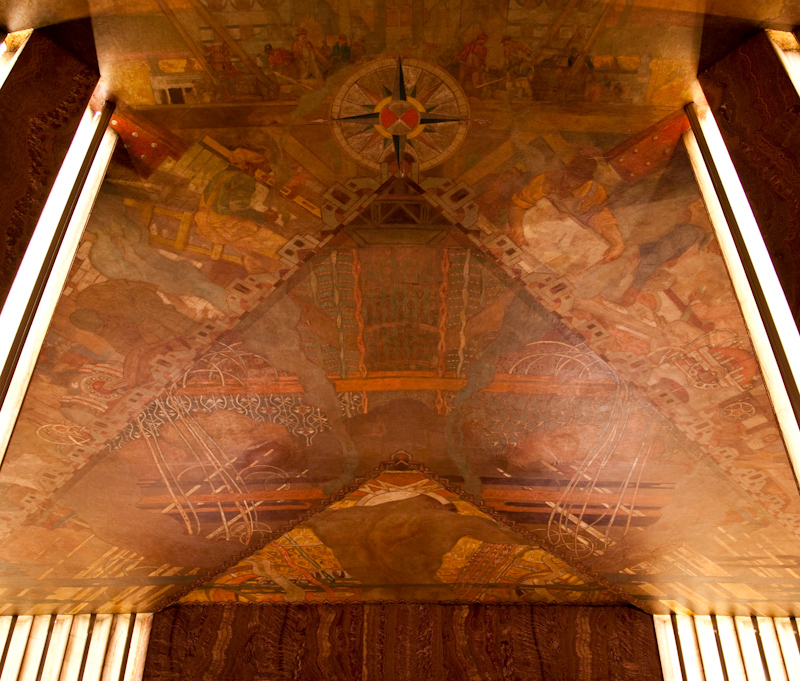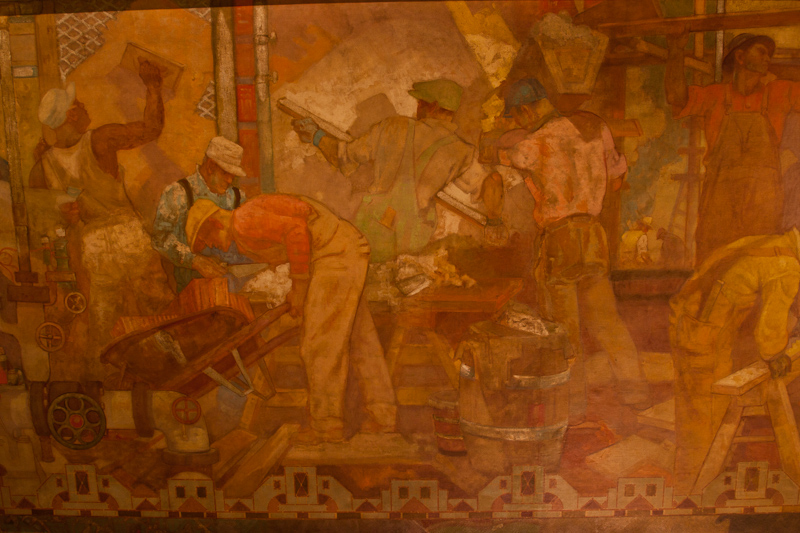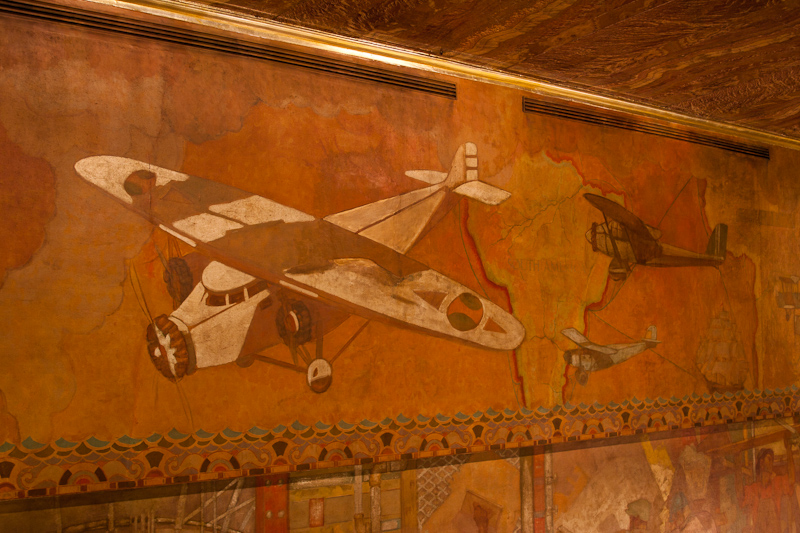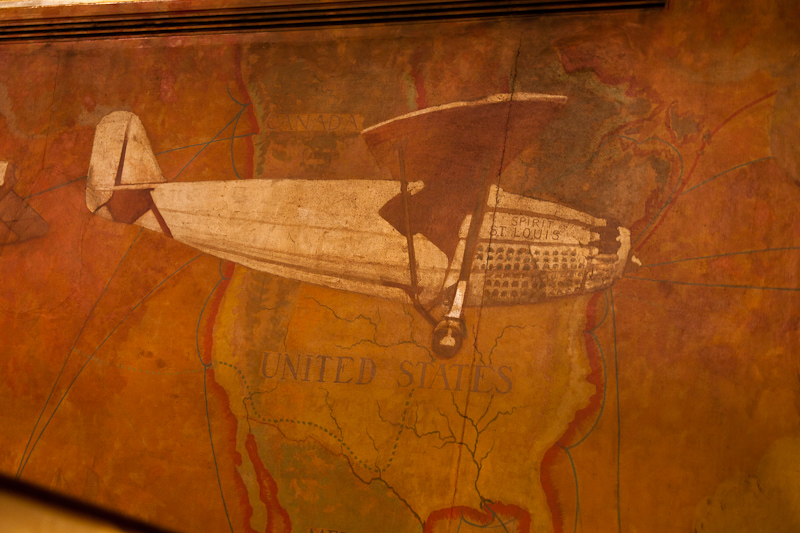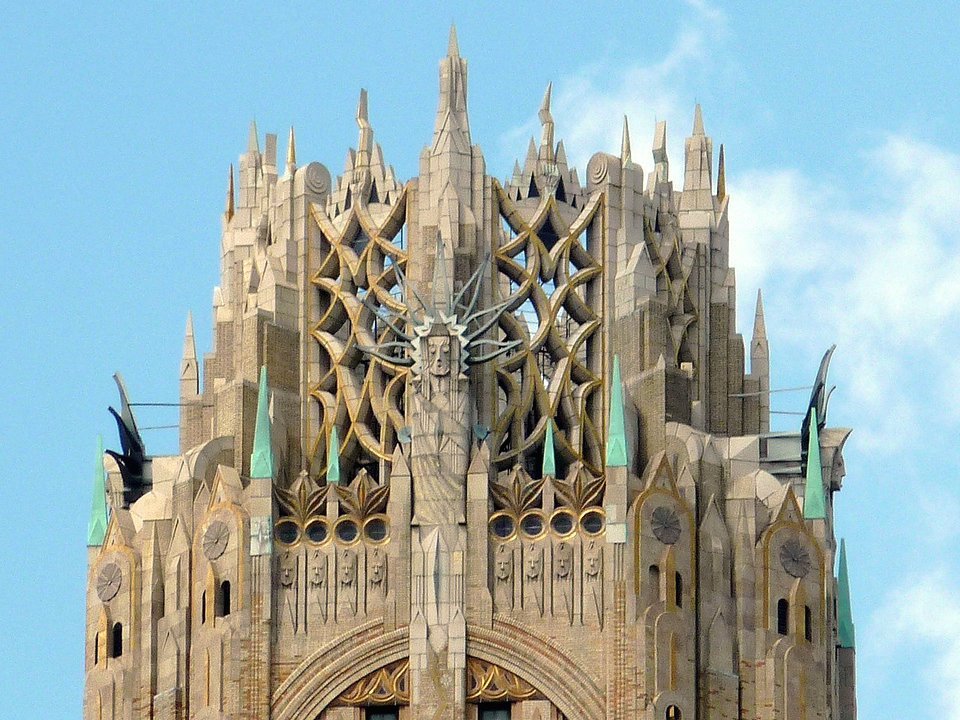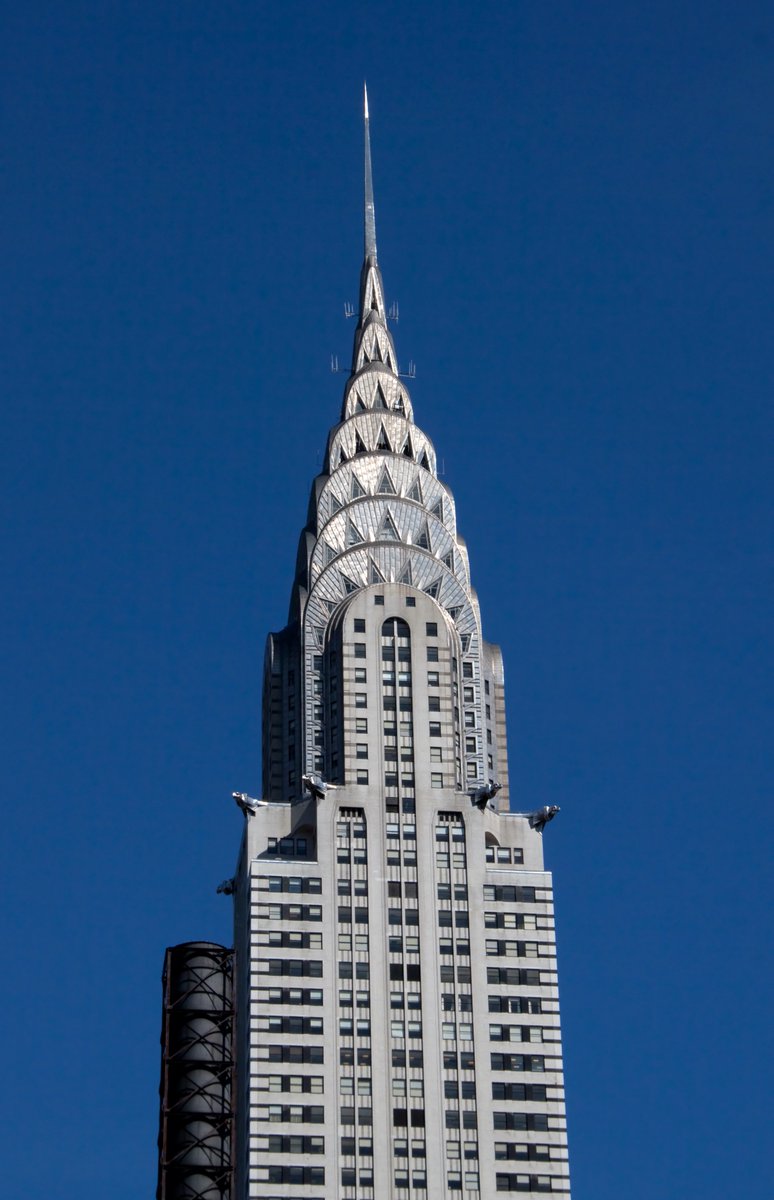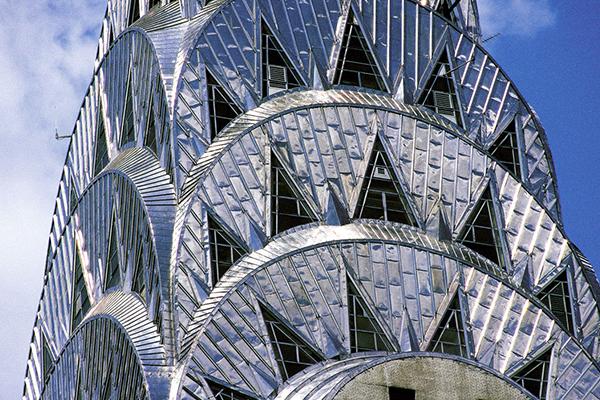
Somebody should build the Sonos for home audio-video setups.
Here's what people need:
∙ High-definition camera
∙ Crisp audio quality
∙ Easy sound level management
∙ Bright, but soft lighting
It should be easy to set up, all without the tangled wires and usual complexity.
Here's what people need:
∙ High-definition camera
∙ Crisp audio quality
∙ Easy sound level management
∙ Bright, but soft lighting
It should be easy to set up, all without the tangled wires and usual complexity.
Remote work and home video production are growing trends, so you'll have a global market of people who just want something simple and easy-to-use.
But just like classic home audio setups, the standard solutions are expensive and confusing for average people.
But just like classic home audio setups, the standard solutions are expensive and confusing for average people.
If you want market research, here are my texts with a friend this morning.
I dealt with the exact same issues and still don't love my setup, even though I've spent a small fortune on it.

I dealt with the exact same issues and still don't love my setup, even though I've spent a small fortune on it.


I like hardware businesses that differentiate themselves with a software layer on top.
That's what you could do for audio and video. Auto-brighten the lighting and automatically improve sound quality — with the ease and quality of an iPhone camera.
(h/t @namehra)
That's what you could do for audio and video. Auto-brighten the lighting and automatically improve sound quality — with the ease and quality of an iPhone camera.
(h/t @namehra)
• • •
Missing some Tweet in this thread? You can try to
force a refresh

